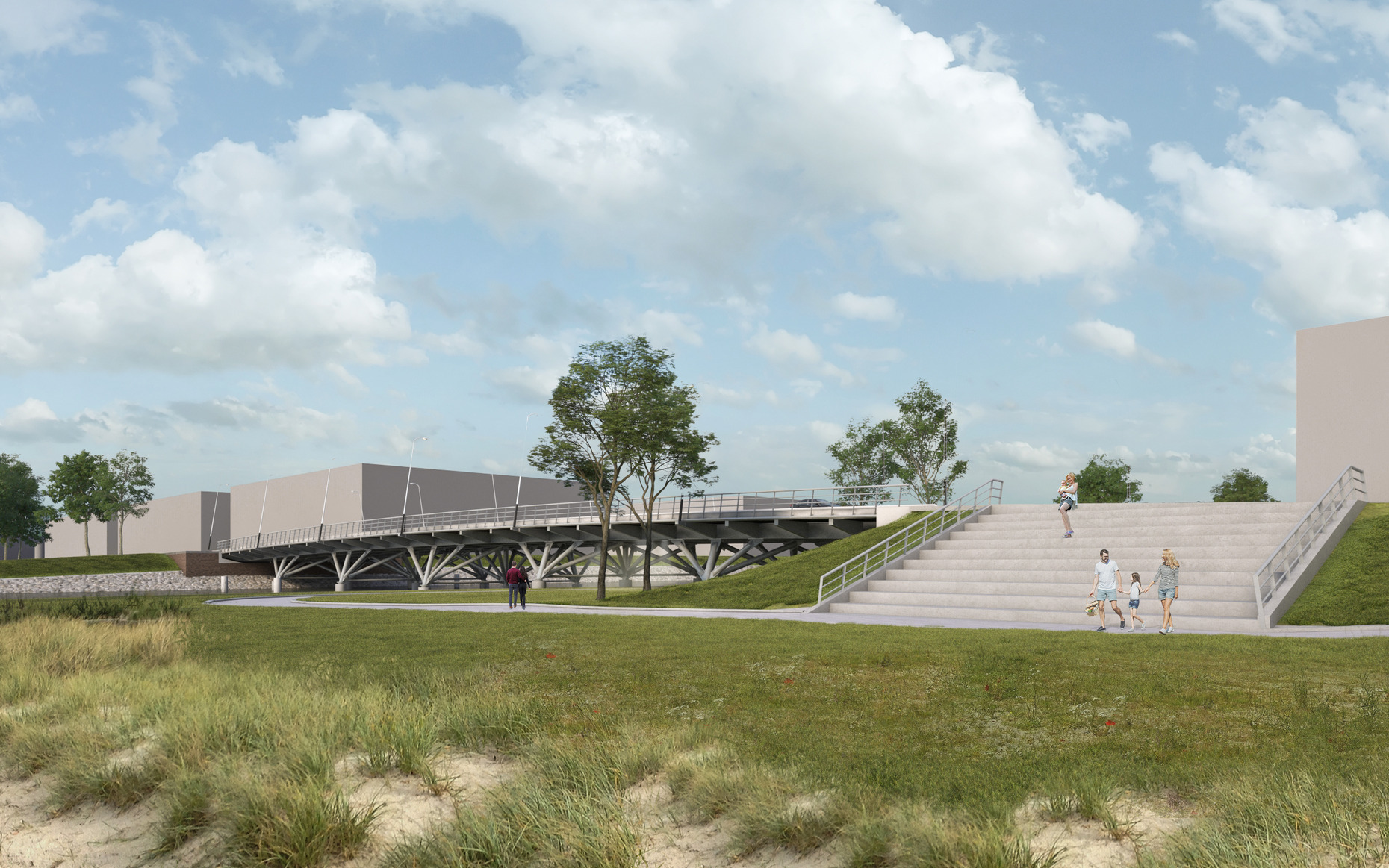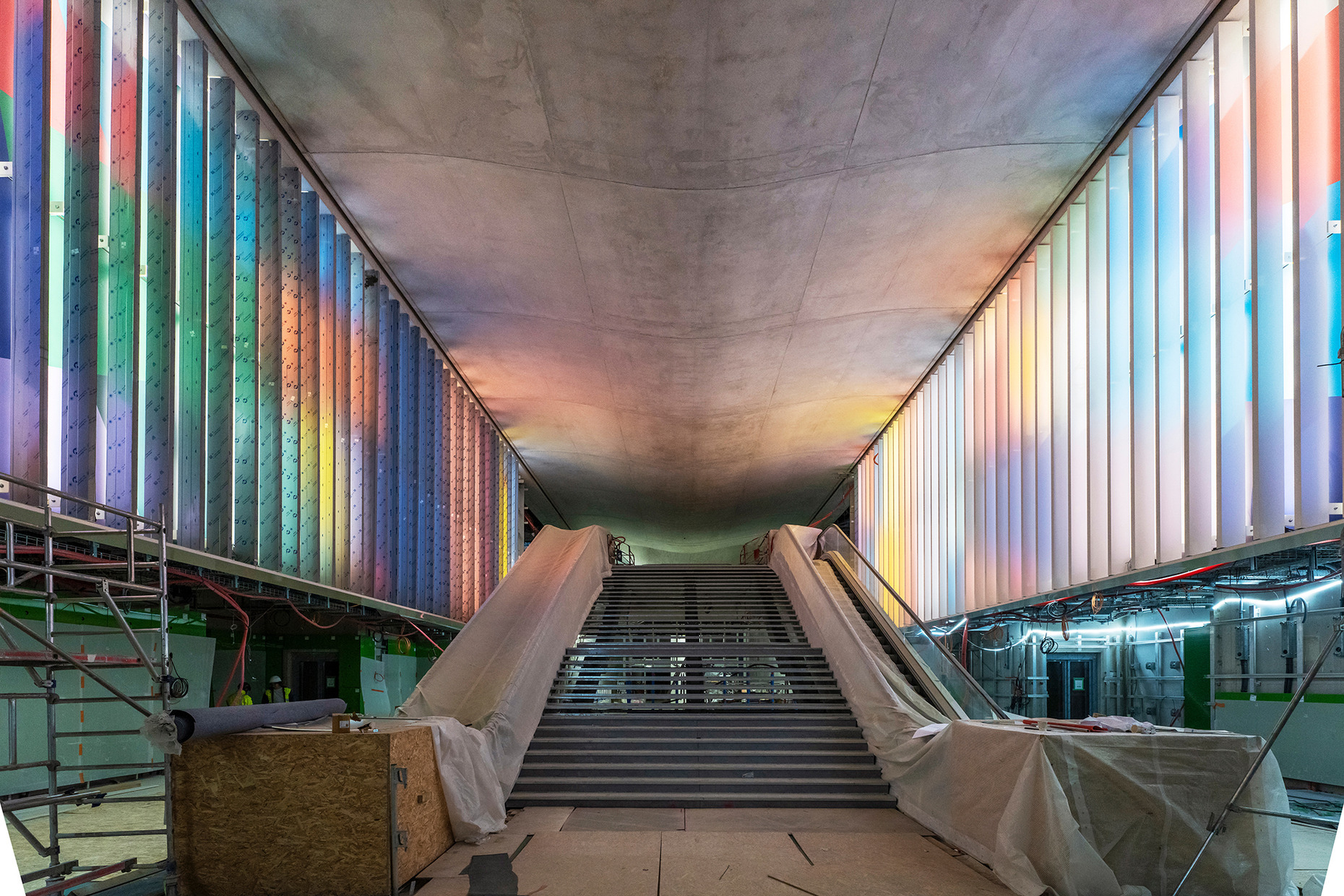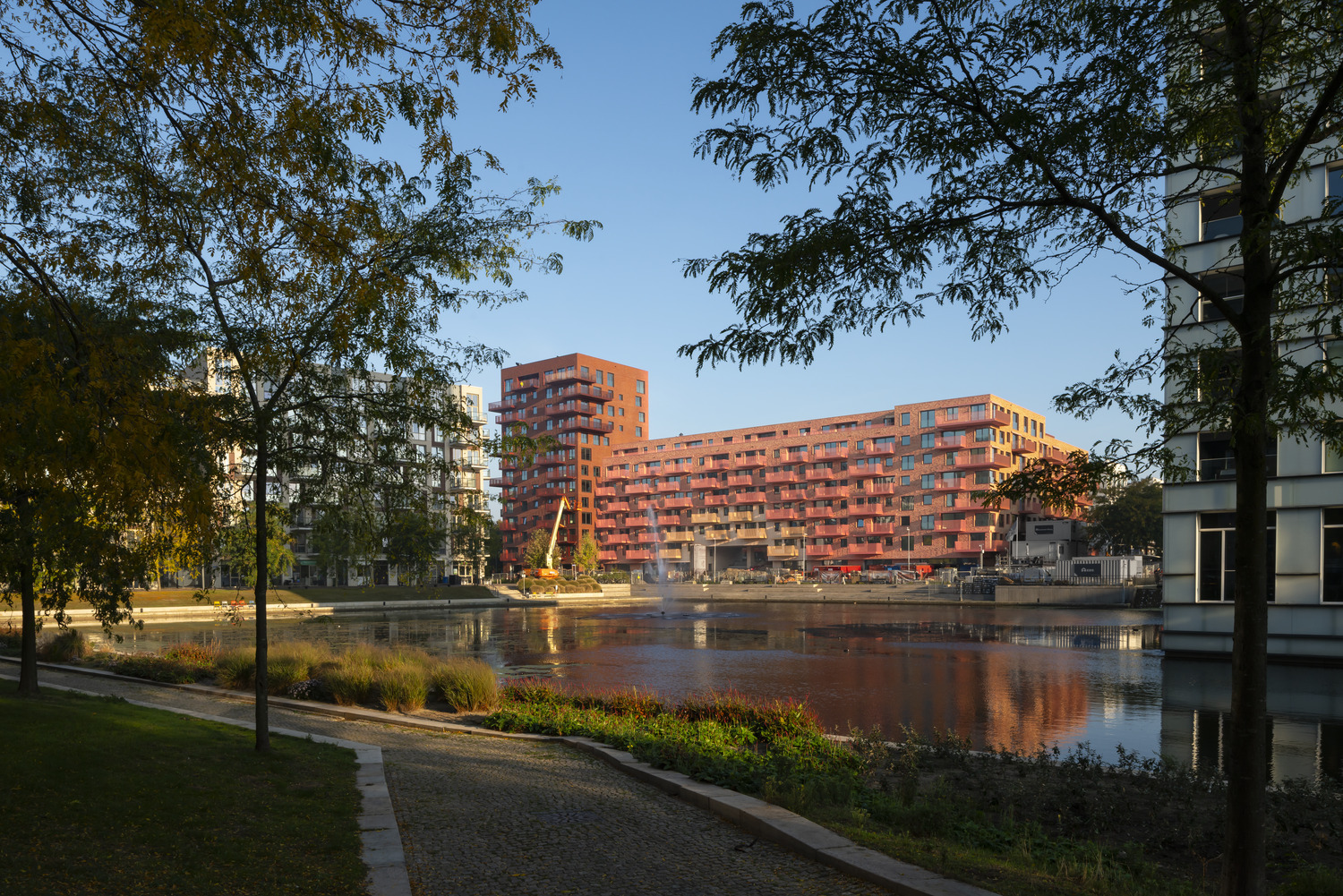Life between the bridges
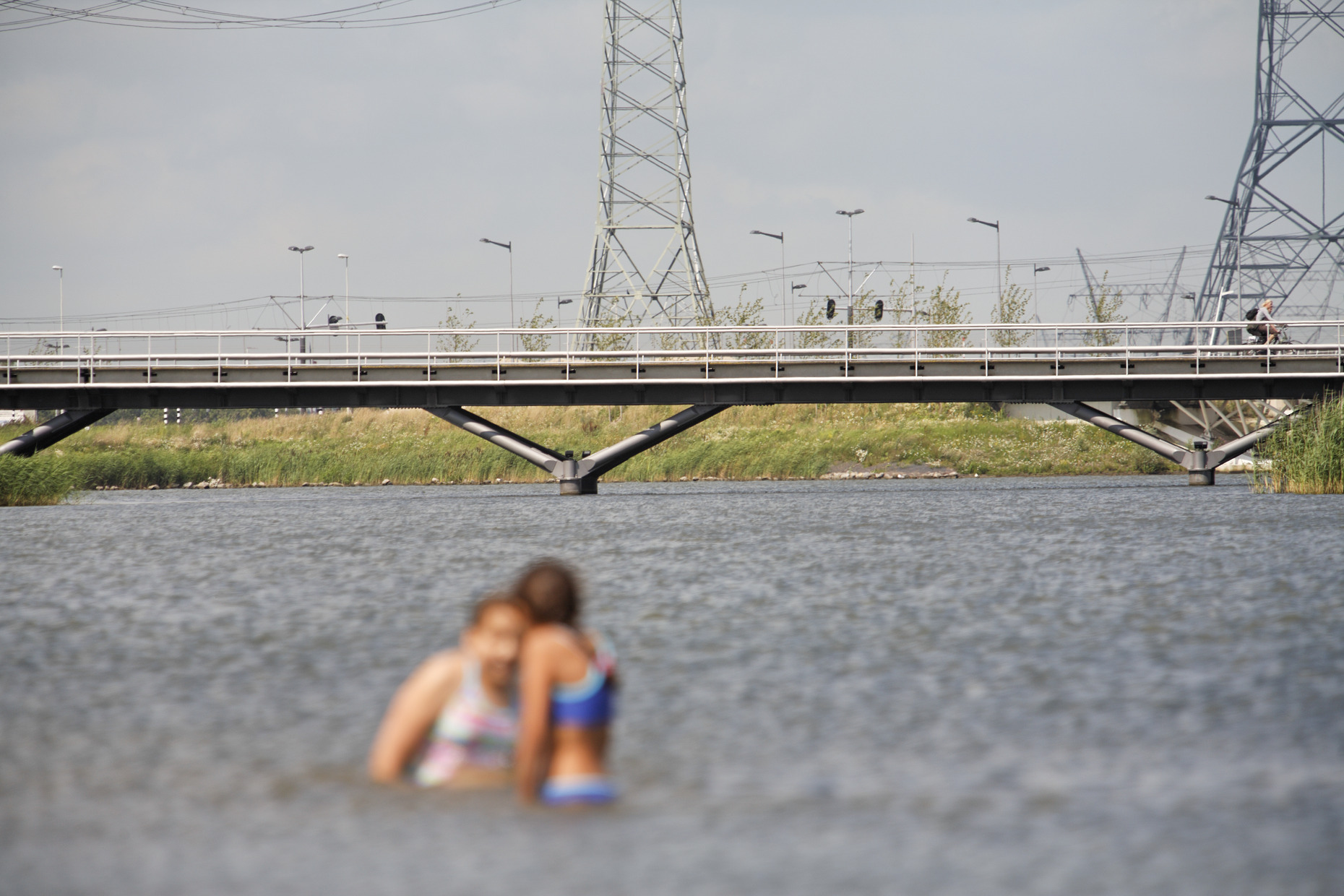
Amsterdam: building on water
With 100 kilometers of waterways, almost 6.000 bridges and the river IJ as its impressive waterfront, Amsterdam is a city defined by water. The complex canal system was originally created for defense purposes, water management and to transport the goods that would make Amsterdam one of the worlds’ wealthiest cities in the Golden Age. But Amsterdam also has a history of reclaiming land from water: canals were filled to create paved streets, and in the late 19th century islands were constructed in the IJ.
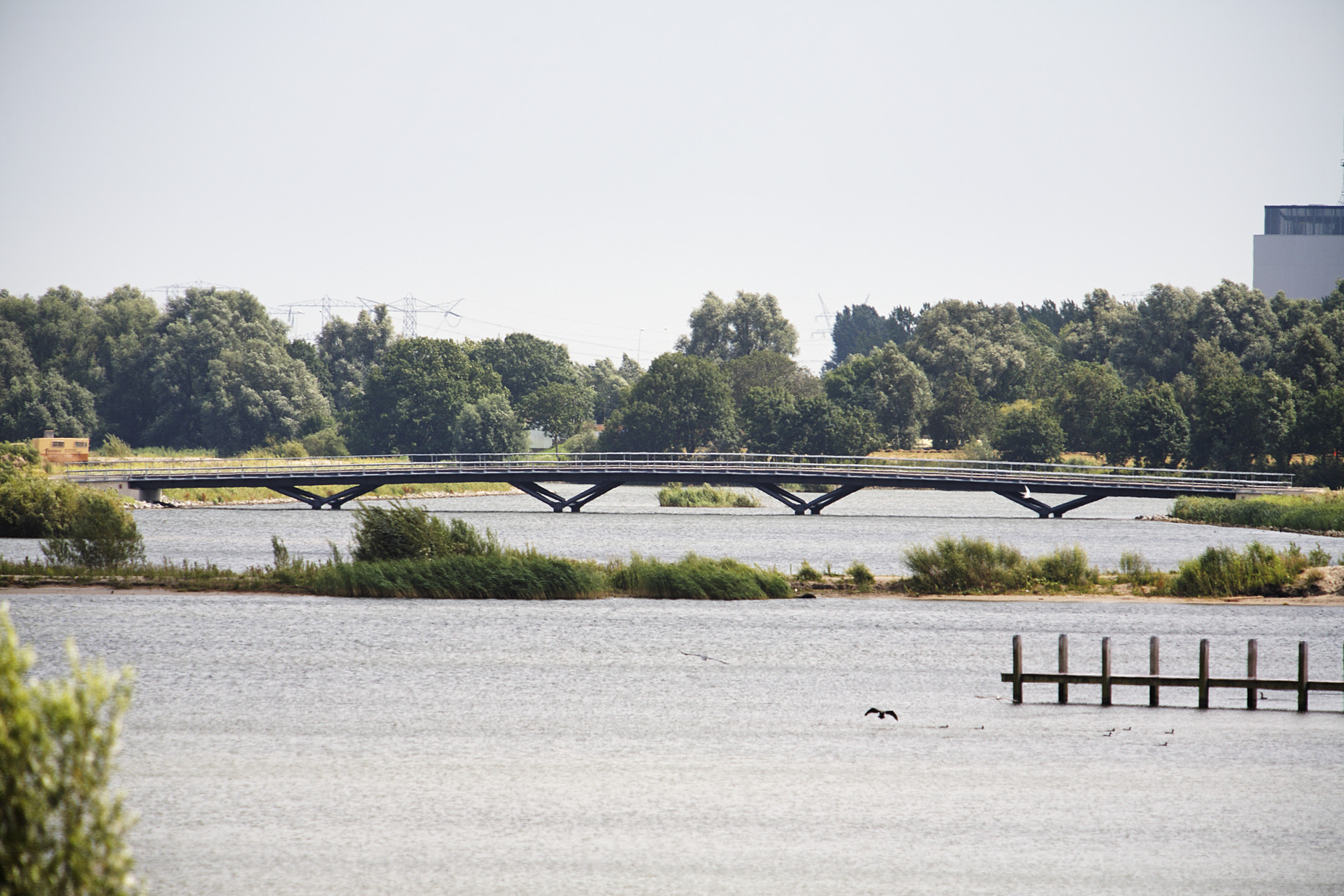
When a city needs more housing for its fast growing population, making additional land out of water sounds like the obvious solution, and this is how the suburban expansion of IJburg was devised. On the eastern outskirts of Amsterdam an artificial archipelago was created in the IJmeer: six islands will eventually house approximately 50.000 people. Construction started in 1997.
Water is one of IJburg’s most typical features and plays an important role in the public space of this densely populated neighborhood. Not only are the different islands surrounded by water, the various canals and waterways ensure you can experience the aquatic feel even in the middle of the islands. Dozens of large and small bridges are needed to connect the different islands with each other but also with the main land and the center of Amsterdam. To organize these various structures and create visual coherency, the municipality of Amsterdam commissioned five different architecture firms to design their own ‘family of bridges’. Each family has its own expression and style that suits its function and the surroundings.
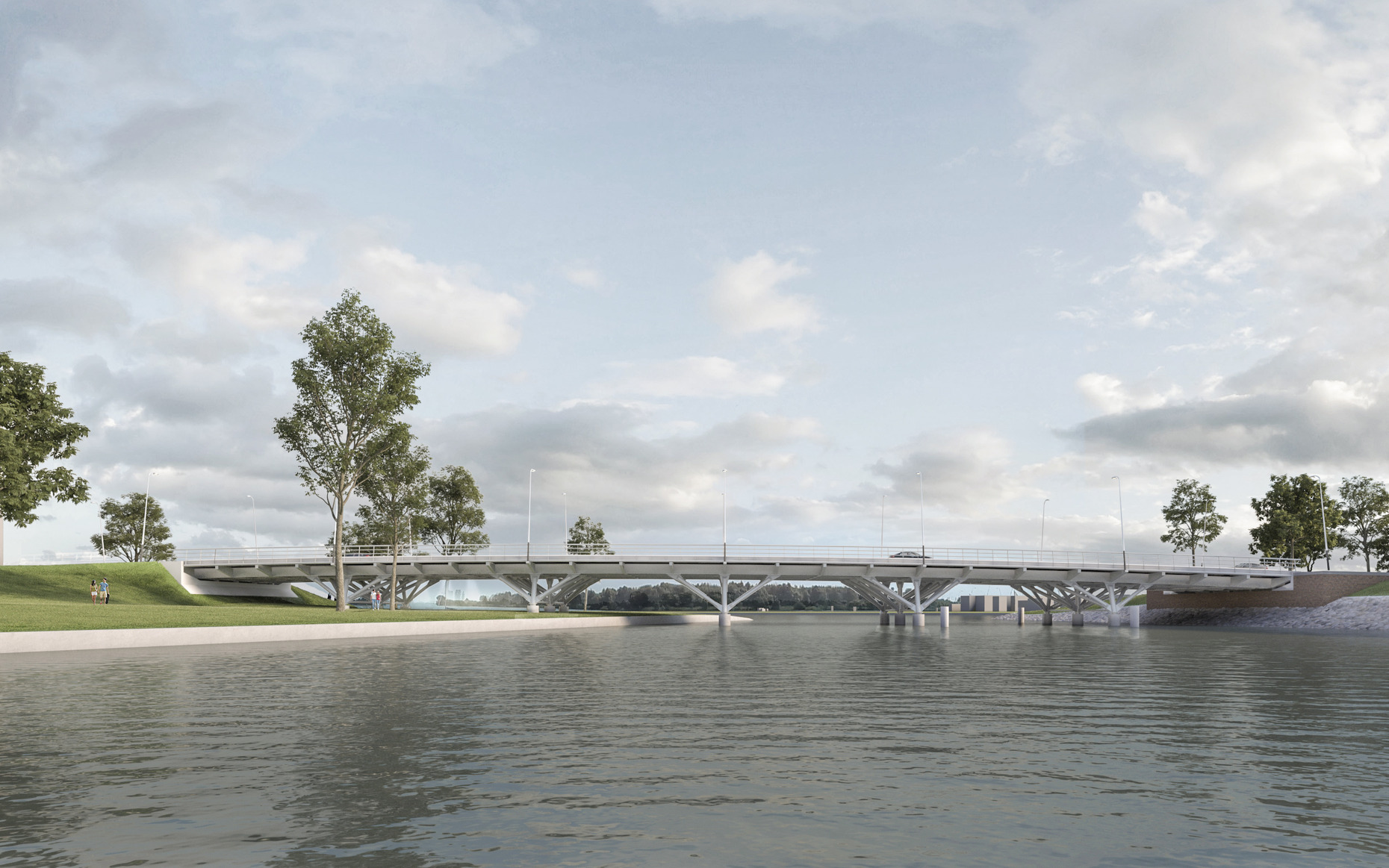
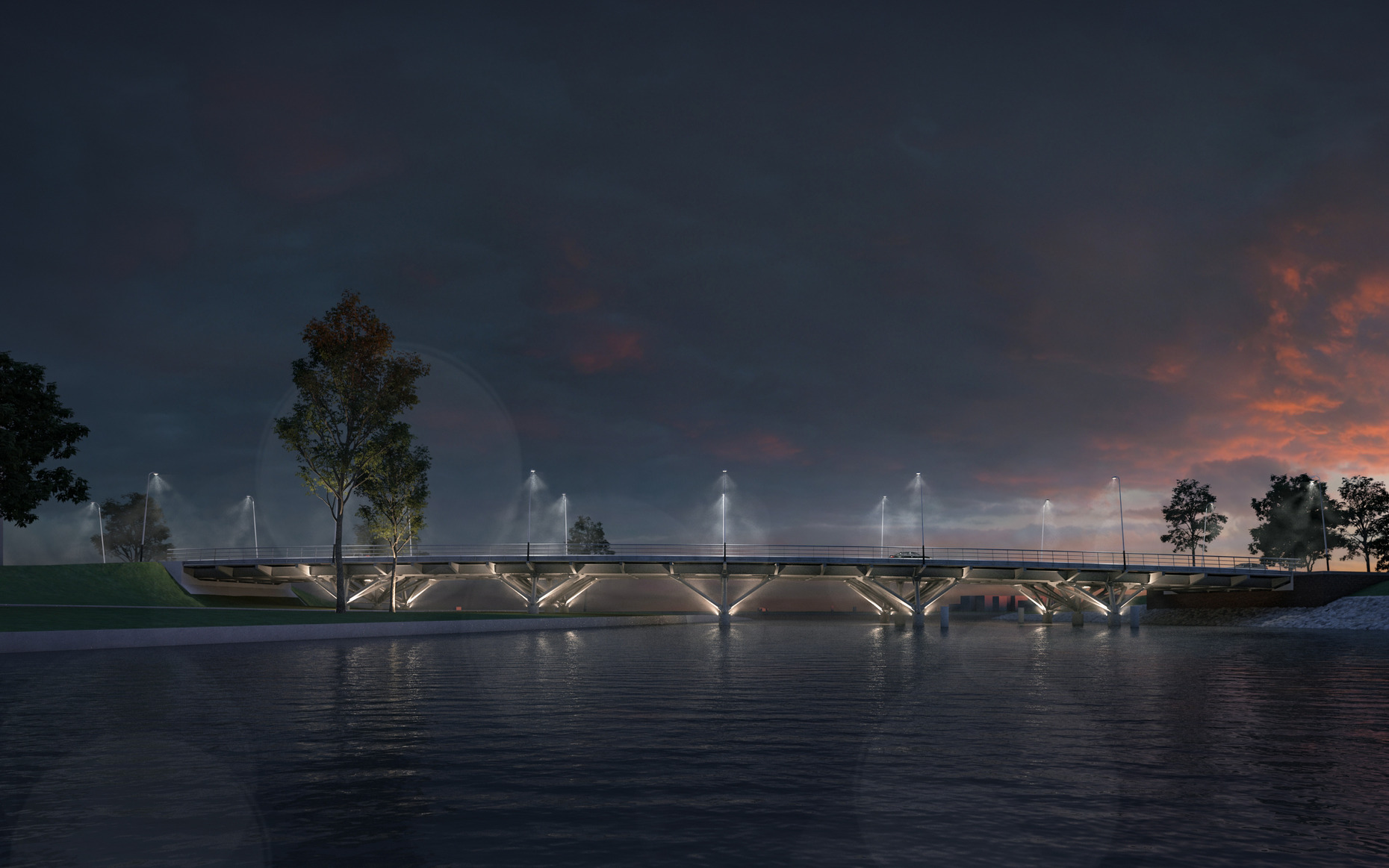
Nine bridges, one family
Benthem Crouwel Architects was selected to design the ‘Buitenwater’ (open water) family. These nine bridges lie on the outskirts of IJburg, near the shores of the various islands. Most of them mark the transition from urban residential district to the nature and recreational area of Diemerpark. Of all the families the Buitenwater bridges are the most light and transparent: they look like slender piers that skim the water surface. Five of the nine bridges are used by both cars and slow traffic. The other four are only used by pedestrians and cyclists. These are situated in quiet parts of IJburg without much motorized traffic.
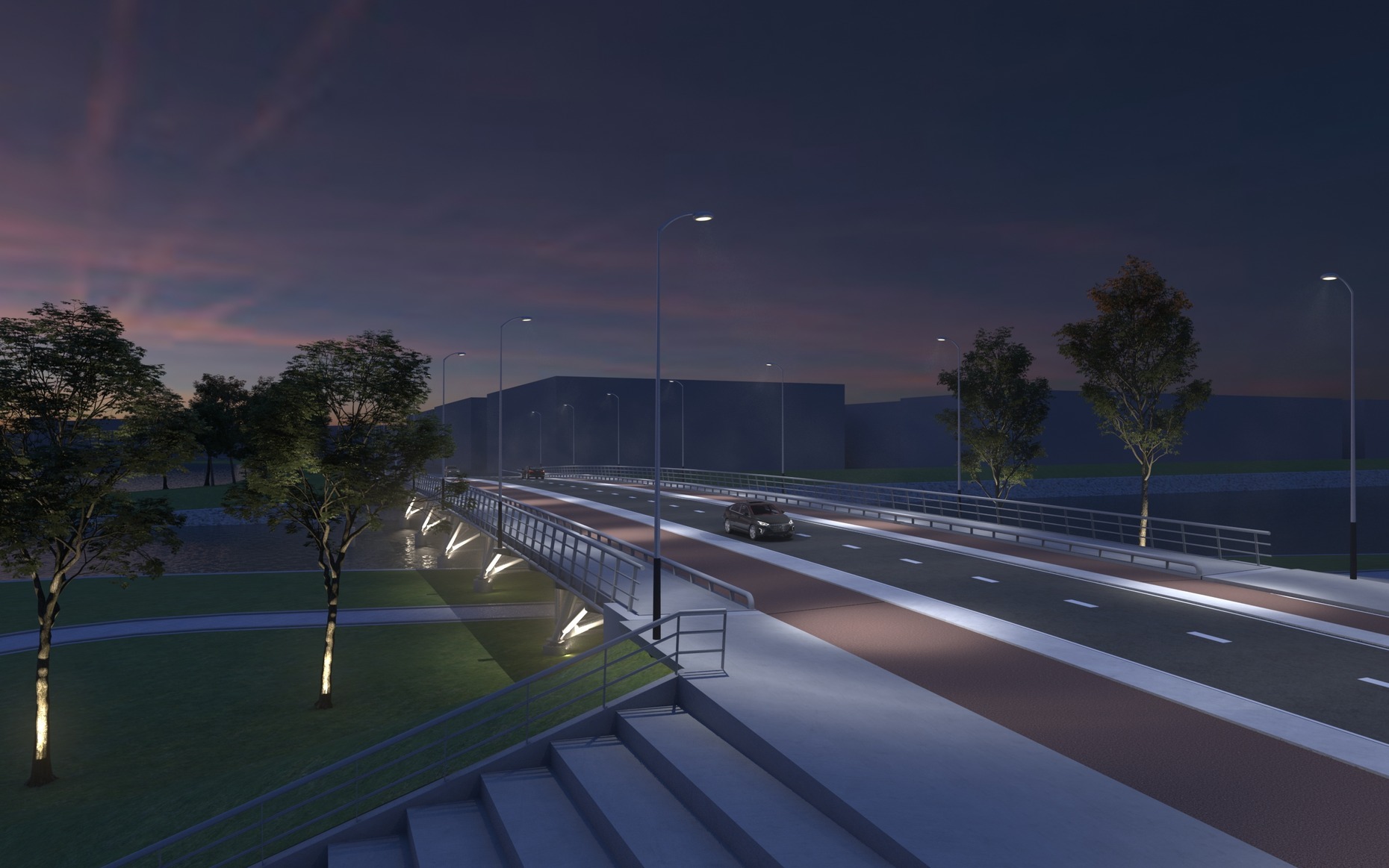
The nine bridges of this family each have their unique appearance yet are unmistakably related, following one single, flexible design principle that can be applied to all bridges and suits all locations. They are transparent, use identical materials and share details like the slightly inward curving of the balustrades. Because of their open and light structure views of the water and urban landscape are never obstructed.
Living so close to the water is really an extraordinary experience. The light is completely different, with the sunlight that bounces off the water surface.
Life between the bridges: island life close to the city
IJburg is designed to be a diverse and mixed district for people from all walks of life. Residents are invited to design their own homes, creating an heterogenous array of architectural styles and a varied urban landscape that is uncommon for a neighborhood that was built from scratch. Over the years it organically developed into a vibrant and active neighborhood where people enjoy the unique advantages of living on an island, while also being close to the city center. You can jump in the IJmeer for an early morning swim, and later use one of the many bridges for your quick commute into the city.

Jan Benthem, founding partner at Benthem Crouwel Architects and lead architect of the design team for the Buitenwater bridges, was one of those pioneers who built his own floating house on IJburg. “Living so close to the water is really an extraordinary experience”, he says. “The light is completely different, with the sunlight that bounces off the water surface. And there are always these wide vistas and uninterrupted views of the sky. People here really experience living near the water as a gateway to freedom.”
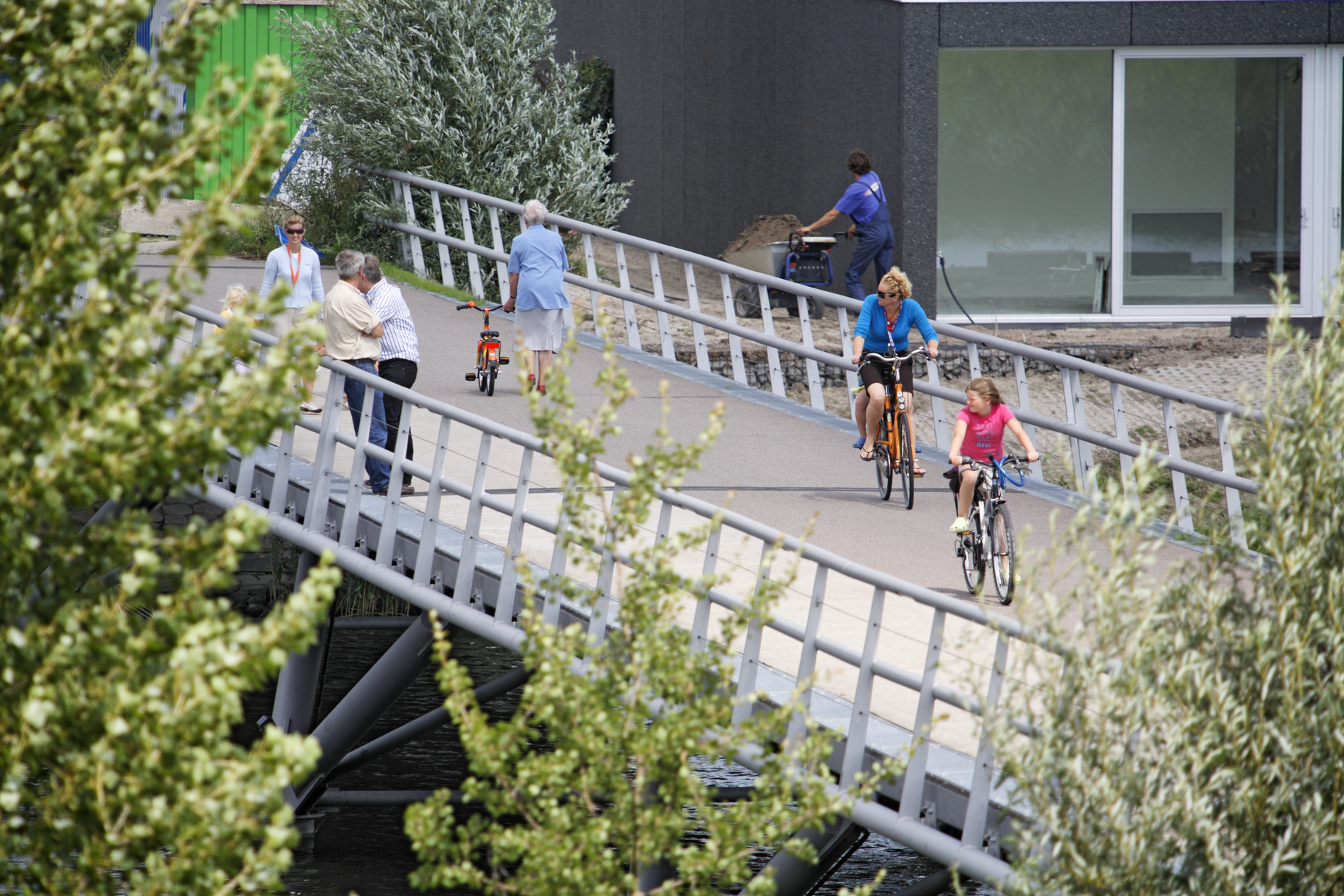
Small projects, big impact
Benthem Crouwel Architects is well known for its complex and large infrastructural projects like Amsterdam Airport Schiphol, the main train stations of Rotterdam, the Hague, Utrecht and Amsterdam, the new North/South metro line, and more recently, the reinforcement of the iconic Afsluitdijk. At first glance, these elaborate infrastructural designs seem very different from the nine simple, unassuming IJburg bridges. Yet they have a lot in common: creating safe and comfortable environments for people to travel, to move around, to get to their destination. The IJburg bridges focus on connecting and making life for urban residents easier, while harmoniously matching with their environment. Bridges are inextricably linked to the urban fabric and public space. They are literal connectors that make urban life possible, in a city that is defined by water. The nine bridges we designed for IJburg, this impressive feat of Dutch water engineering, is a beautiful example of our ability to design on any urban scale.
